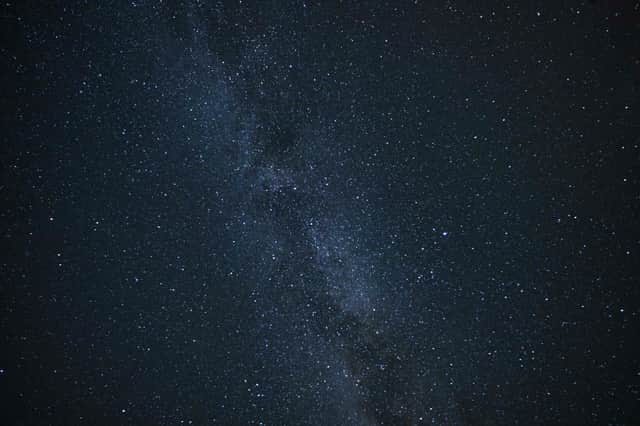Zombie star: Distant dead star now shows signs of life as it sends out repeated flares


A distant star has seemingly resurrected after it died then sent out "signs of life" signals in the form of repeated energetic flares, scientists have said. The zombie star continues to send out bright, brief flashes of light after scientists first spotted the event in September 2022, from data taken from a facility in California.
Later, in December, scientists studying the star noticed it appeared to have exploded in an intensely bright spike that quickly died away. The flares lasted several months, for the duration of just a few minutes but were as bright as the star’s original explosion even 100 days later. Scientists believe that the activity after death must explain those mysterious, extreme explosions and that they emerge from the corpse of the star itself after it has died off and left behind a corpse as a black hole or neutron star.
Advertisement
Hide AdAdvertisement
Hide Ad“We don’t think anything else can make these kinds of flares,” said Anna YQ Ho, assistant professor of astronomy in the College of Arts and Sciences. “This settles years of debate about what powers this type of explosion and reveals an unusually direct method of studying the activity of stellar corpses. No one really knew what to say. We had never seen anything like that before – something so fast, and the brightness as strong as the original explosion months later – in any supernova or FBOT. We’d never seen that, period, in astronomy.”
Researchers looked through the data in an attempt to better understand the dead star by gathering more than 70 co-authors and 15 telescopes to ensure the brightening had not been a mistake, and found it had pulsed at least 14 times in 120 days, and probably much more than that.
Professor Ho said: “Amazingly, instead of fading steadily as one would expect, the source briefly brightened again – and again, and again. LFBOTs (luminous fast blue optical transient) are already a kind of weird, exotic event, so this was even weirder. Because the corpse is not just sitting there, it’s active and doing things that we can detect. We think these flares could be coming from one of these newly formed corpses, which gives us a way to study their properties when they’ve just been formed.”
The research is described in a new paper, ‘Minutes-duration Optical Flares with Supernova Luminosities’, published in Nature but scientists are still attempting to work out the processes that would cause the dead star to behave in such a way.
Comment Guidelines
National World encourages reader discussion on our stories. User feedback, insights and back-and-forth exchanges add a rich layer of context to reporting. Please review our Community Guidelines before commenting.
